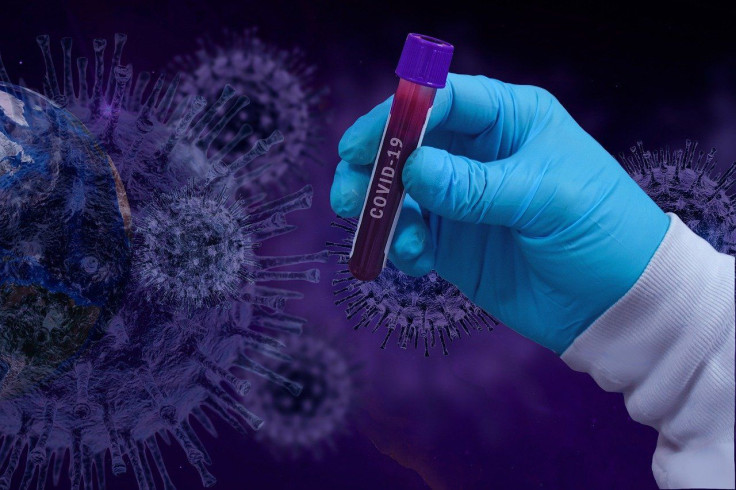Who Needs A COVID-19 Test? CDC Changes Testing Requirements
The Centers for Disease Control and Prevention changed its guidelines for coronavirus testing, no longer requiring certain individuals to have a test administered under certain conditions.
The official CDC website now indicates if a person has been in close contact with another person who has been infected with the virus but does not have symptoms, a coronavirus test is not “necessarily” needed.
However, the CDC said if that person is more vulnerable to the coronavirus, they should get tested, or if a heathcare provider or public health official recommends a test, one should be administered.
The CDC also recommends under these circumstances to monitor for symptoms of the coronavirus. It said: “It is important to realize that you can be infected and spread the virus but feel well and have no symptoms.”
The CDC has also changed its testing guidelines for individuals who have also been in a “high COVID-19 transmission area and has attended a public or private gathering of more than 10 people” without wearing a face mask or practicing social distancing. In these situations, people do not need a coronavirus test, the CDC said.
“You do not necessarily need a test unless you are a vulnerable individual or your healthcare provider or state or local public health officials recommend you take one,” the agency said on its website, adding, “If you are tested, you should self-isolate at home until your test results are known, and then adhere to your healthcare provider’s advice.”
In an afternoon news briefing on Wednesday, Admiral Brett P. Giroir, M.D., assistant secretary for Health at the U.S. Department of Health and Human Services said the move toward narrower criteria from the CDC on COVID-19 testing was based on advice and evidence from medical experts, which included Drs. Anthony Fauci, the nation's top infectious disease expert; Deborah Birx, who is coordinating the administration response to the pandemic, and Stephen Hahn, head of the Food and Drug Administration.
In a project that originated with the CDC, Giroir said that the new testing guidelines allow for more meaningful testing for those individuals who are symptomatic of the coronavirus and when deemed appropriate for asymptomatic individuals by health officials.
Those who are asymptomatic for the coronavirus could receive a negative test, which could promote a false sense of security. It also does not mean that they don’t currently have the virus, Giroir explained.
Based on evidence that face masks prevent the spread of the coronavirus along with social distancing and good hygiene, the mitigation efforts that have been recommended are working. Giroir said the number of coronavirus cases has been going down in a majority of states, but that does not mean coronavirus testing will also decline.
Giroir said the agency expects testing to increase despite the change in guidelines from the CDC as more people return to work and school. To date, the U.S. has administered 79.6 million coronavirus tests with a turnaround time that that has been reduced to an average 2.43 days.
The change in testing requirements comes just days after the CDC removed its quarantine requirement for international and state-to-state travelers. Under the new guidelines, travelers will not have to quarantine for the CDC’s recommended 14 days when arriving at a destination unless that state or country has specific quarantine requirements in place.
The U.S. has reported more than 5.7 million positive cases of the coronavirus, with COVID-19 deaths exceeding 178,000, according to Johns Hopkins University.
(This story was updated at 3 p.m.)

© Copyright IBTimes 2024. All rights reserved.





















